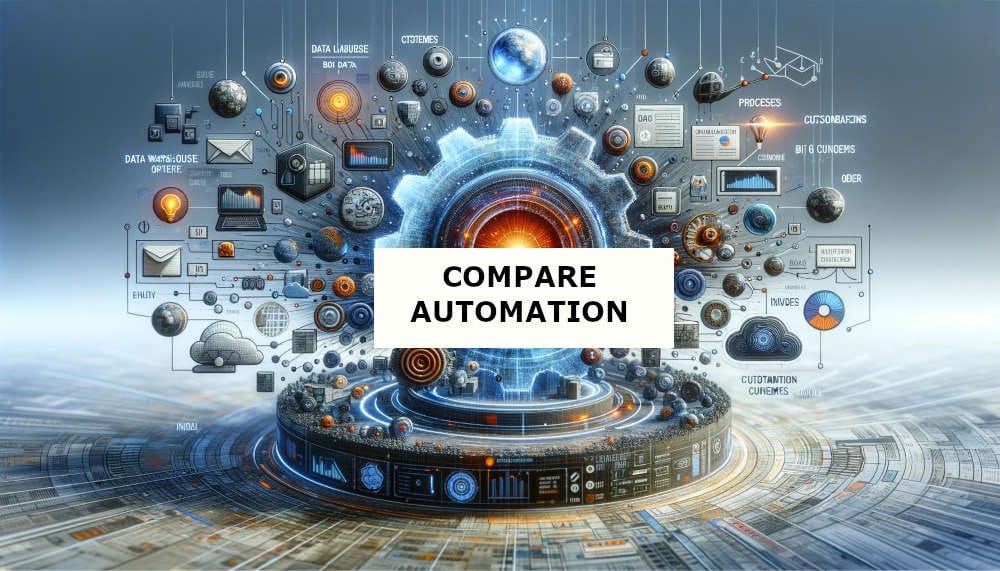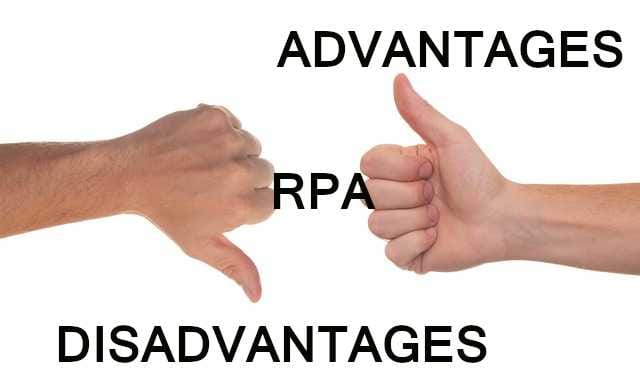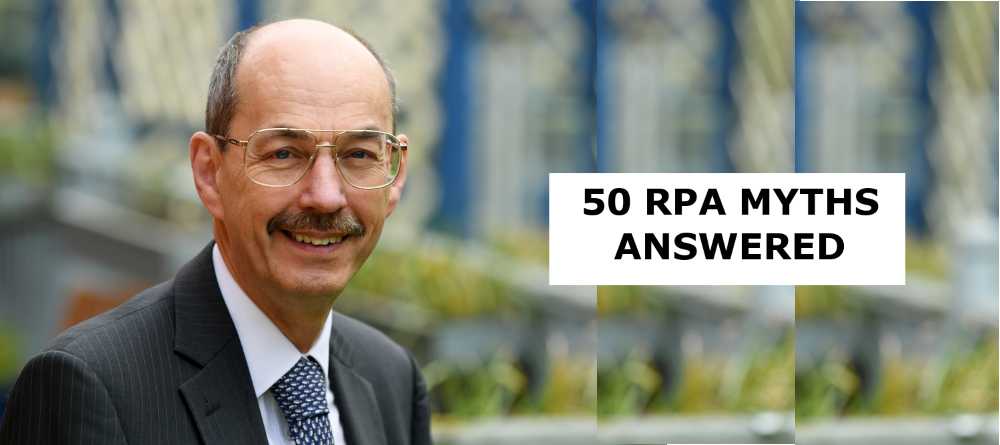
Most IT Leaders want to see IT effectively used in the IT teams as well as in multiple business departments.
With a large part of IT activity being concerned with keeping IT operations working, there is an emphasis on quality services.
Ask any business manager and they are likely to say they need IT to work, so they can deliver their activities for the business.
Structuring Services
To help organizations align IT services with their business needs and deliver value, ultimately improving efficiency and service delivery there are widely recognized framework for IT Service Management (ITSM). The best known is ITIL stands for Information Technology Infrastructure Library which covers both Service Management and IT Asset Management.
ITIL has 5 phases of a service lifecycle, namely:
- Service Strategy
- Service Design
- Service Transition
- Service Operation
- Continual Service Improvement
Why is Automation attractive?
An investment in leading applications such as ServiceNow and Ivanti will deliver the capability to run an IT department, but they need a lot of manual effort to operate the processes.
RPA is generic technology to automate processes that are performed on computers.
Every service in a Service Catalogue has been defined. It is by definition expected to be repeated. If there is sufficient volume in the requirement for the service execution and enough predictability in the outcome, then it becomes a candidate for automation.
There are many routine processes in an IT Service Catalogue which can be suitable for automation such as:
- Helpdesk password resets
- Helpdesk employee starts plus exits, with allocation and removal of access privileges
- Temporary staff / contractor provision and removal
- Staff changing roles that require altered access privileges
- Cloud server starts and stops
- Test data creation through anonymise actions
- Test Environment refreshes
- Software release management procedures
Working through the Service Catalogue and selecting processes that are good candidates for automation can indicate the scale of the opportunity.
Why Custom Scripting is not the answer
IT technical staff are good at creating scripts. So why not let IT build the automations?
Yes, custom script development can work.
It does create IT assets that need on-going support and maintenance, by skilled developers.
RPA technology has been created to deliver automation. If it is suitable for automating general business processes, then it is suitable for automating business processes operated by IT functions. There are benefits to be gained from consistency of solution across a business.
Unless the business is IT, IT is a service to the business and that makes the use of custom scripting less attractive. The benefits of automation can be achieved across a business.
Cybersecurity and the need for Speed
SOAR stands for Security Orchestration, Automation, and Response. It is a comprehensive approach and technology stack designed to enhance the efficiency and effectiveness of an organization’s security operations by automating tasks, integrating various security tools, and providing a platform for incident response.
Cybersecurity platforms and tools can deliver a lot of value. To be effective such tools need to integrate with the Service Operations.
For large enterprises with large enterprise applications standard integrations may exist. For mid-market business with specific sector applications, it is often necessary to build automations. RPA provides technology to create these automations.
Cyber threats have grown dramatically in volume, diversity, and consequence in recent years. Despite the wide variety of cyber attack types and objectives, successfully defending against all of them involves a common attribute of “Speed”. The faster an incoming attack can be identified, the faster it can be successfully blocked. Most organisations want people to be taking key decisions and controlling automations rather then delegating full control to some AI algorithm.
Alignment across the business
Yes, IT leaders want automation for their own processes. The fact that RPA can also be used to deliver productivity to business processes in Finance, Operations, Customer Services, HR, Marketing, etc. make it an investment that has broad appeal.














